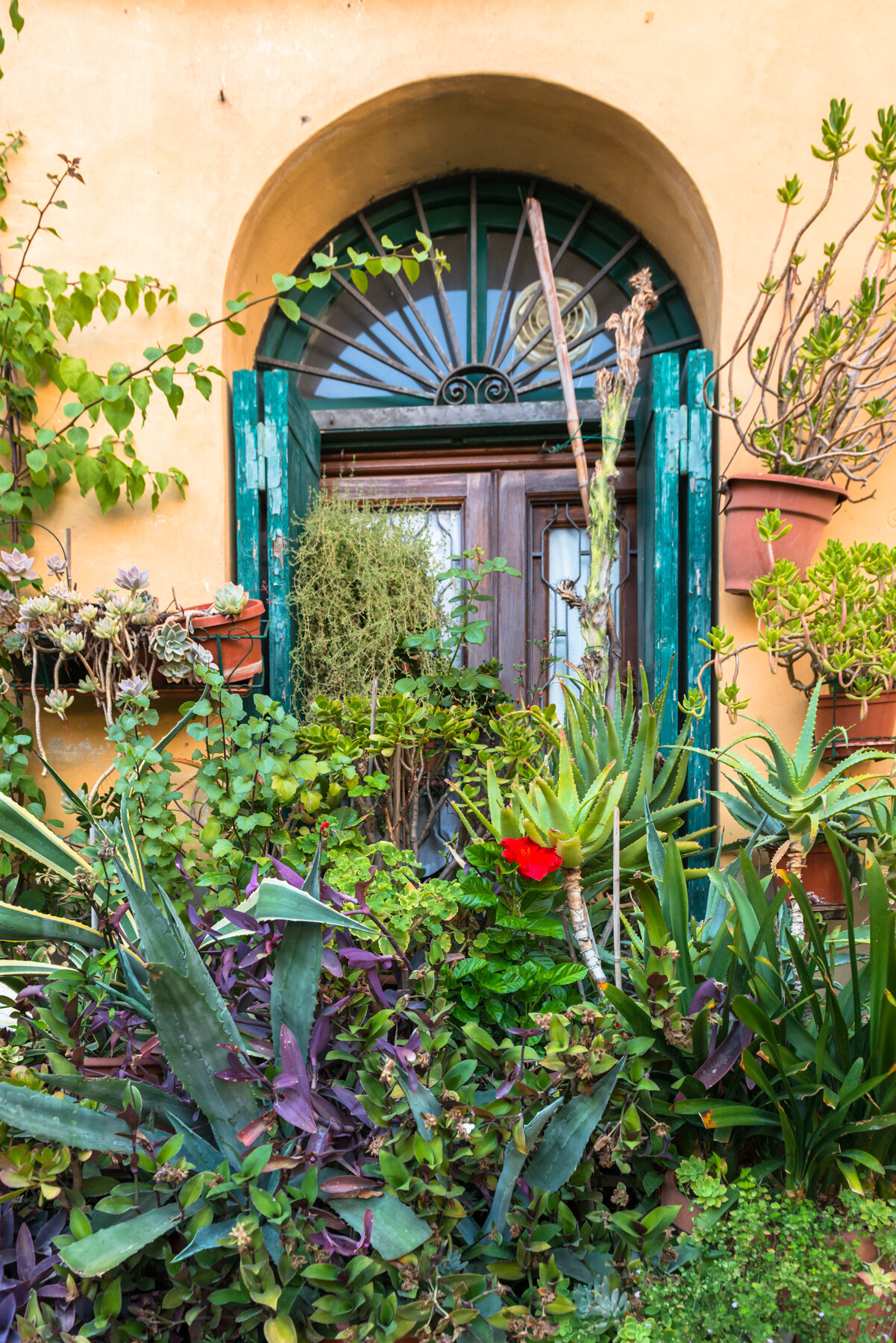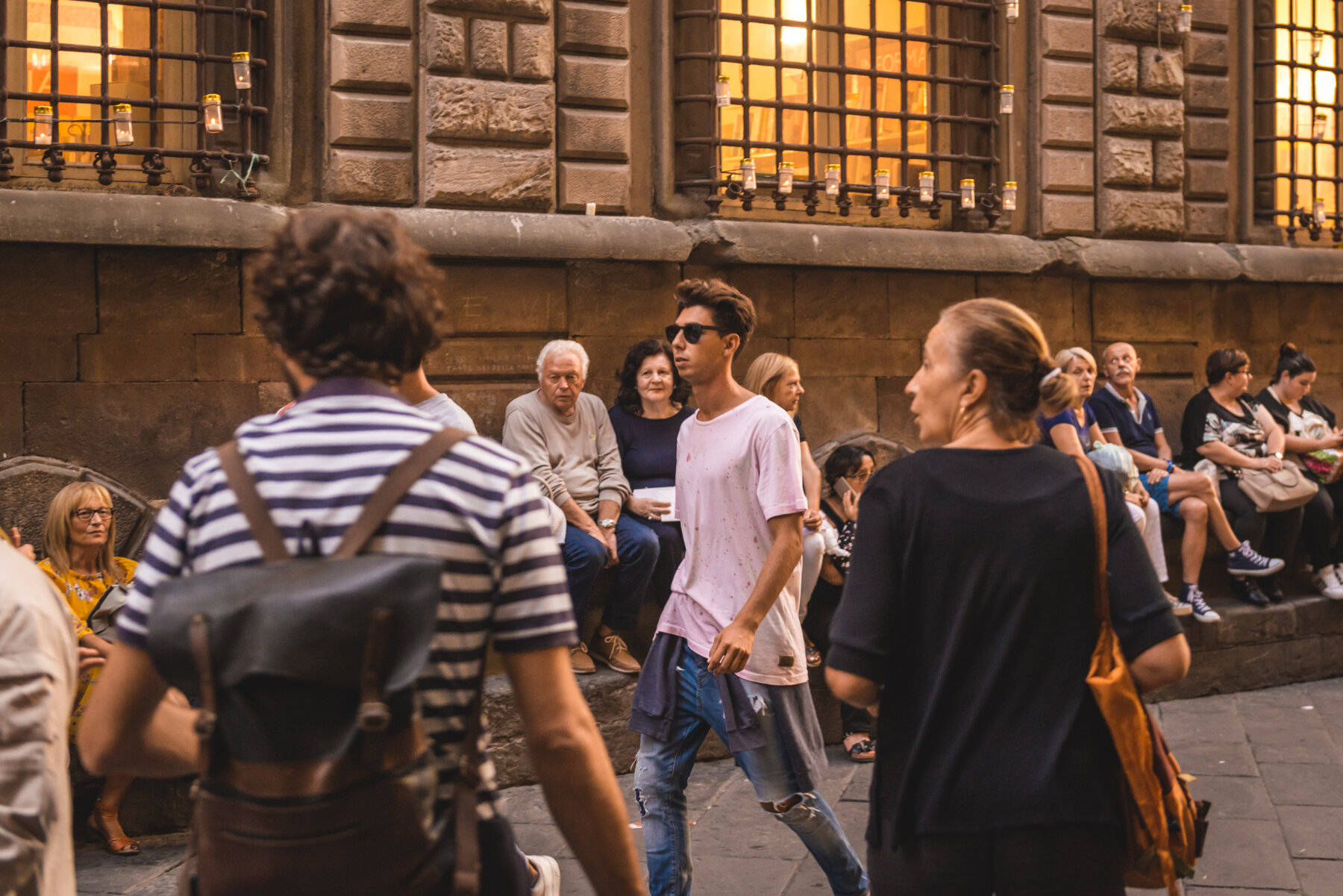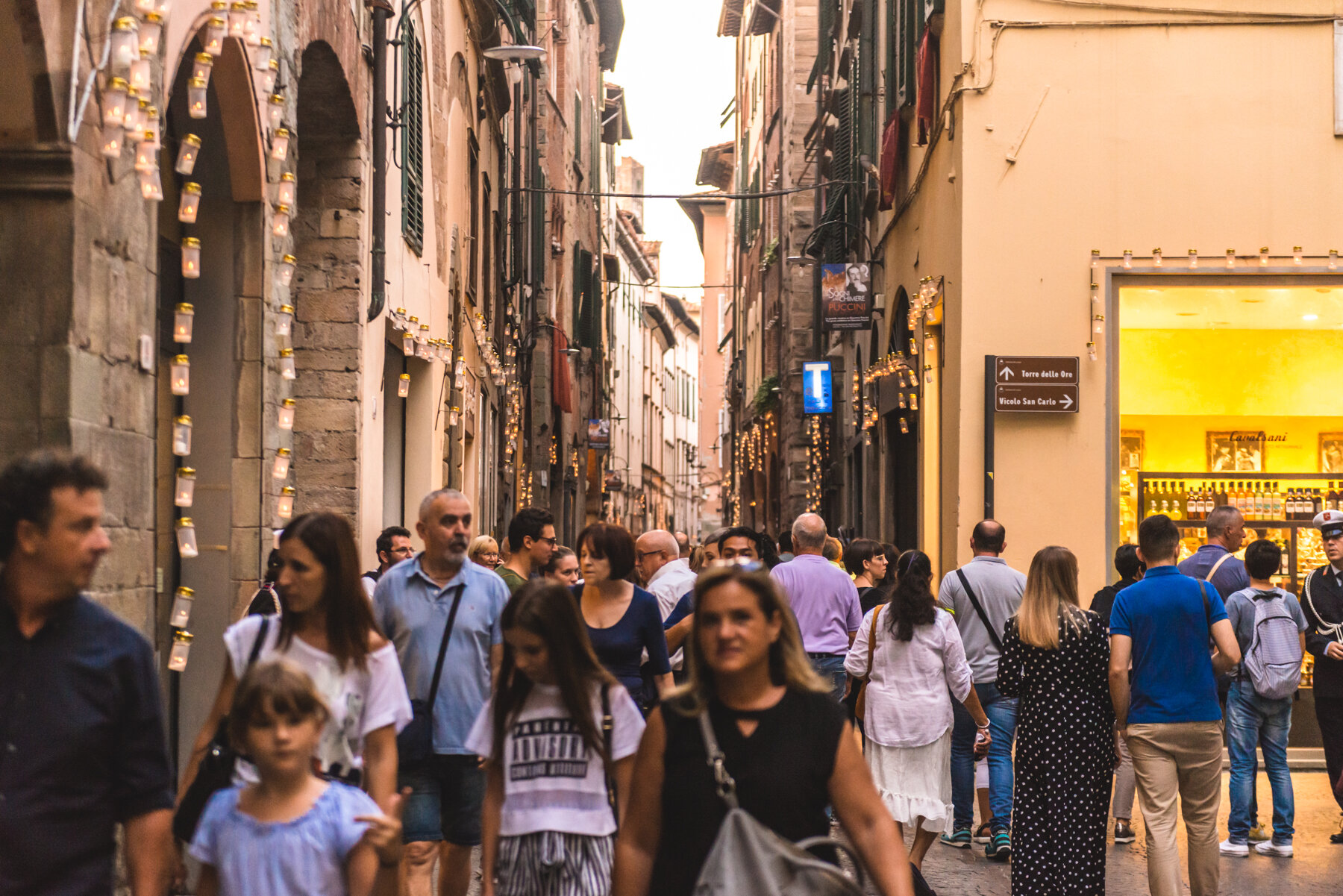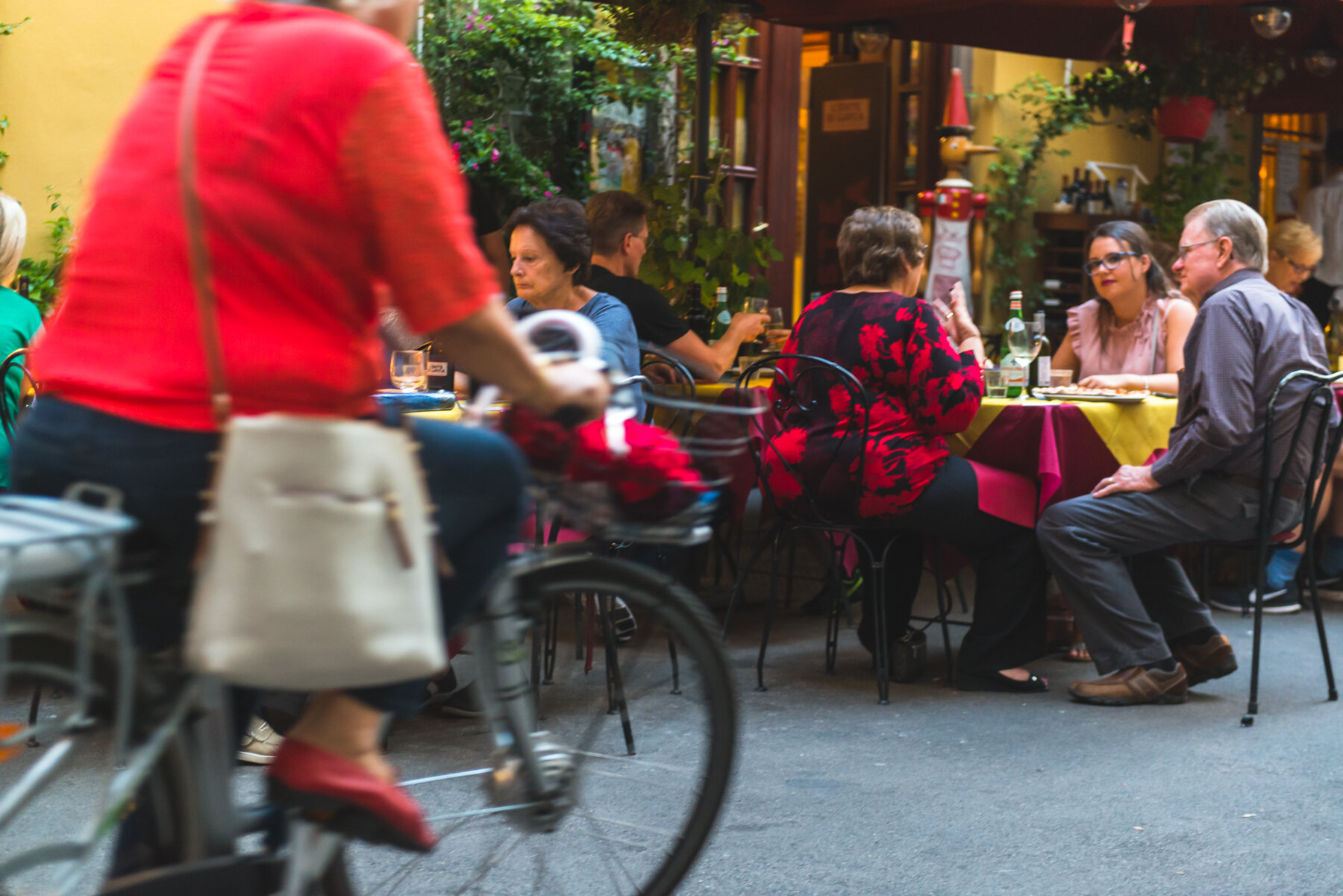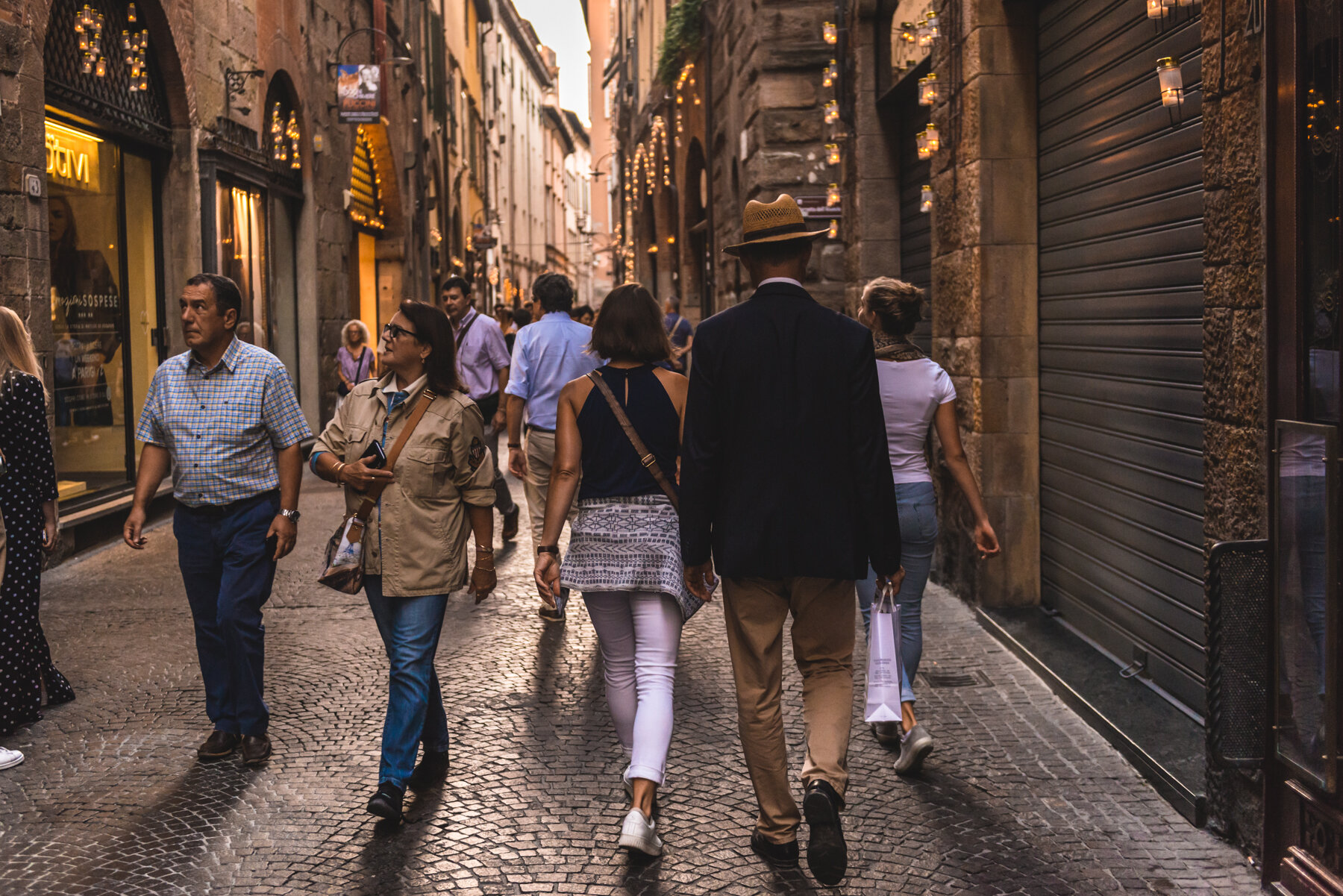Walk Around Lucca
The city of Lucca lies in the Tuscan region of Italy. 12 miles northeast of Pisa and 50 miles west of Florence, this charming city lives within the heart of Italian Renaissance culture. Although lesser known than its famous, bigger neighbors, Lucca still packs a historical punch, with a fraction of the tourists.
Today, the city of Lucca is most known for the fortified Renaissance-era walls that ring the town, but its founding goes back much further. It’s believed the Etruscans founded the city in the 3rd century BCE and called it ‘Luk.’ And by 180 BCE it became a Roman colony. After a complicated medieval and Renaissance past, Lucca - as a part of Tuscany - was unified with surrounding regions in 1861 to form the Italian Peninsula as we know it today.
Now, we invite you to take a virtual walk through Lucca through the lens and words of Nick Ulivieri - Chef Claudio’s son and a commercial architecture photographer based in Chicago.
The Walls of Lucca
While the defensive ramparts encircling the ‘old city’ of Lucca may have been built to keep people out, these days, they are one of the reasons visitors flock to Lucca each year. The current walls were built between the 1600-1800’s but are the fourth version of the wall. The Romans built the first iteration in the 2nd century BCE. While the walls tell a story of an imposing testament to the city’s defensive past, in the late 1800’s it’s top was turned into a public park. Wide and tree-lined, they make the perfect spot for a walk, ride a bike ride, or relax in the shade. The dimensions of the walls are startling — 2.5 miles long and approximately 98 feet wide.
Guinigi Tower
Campaniles [Italian for belltower] are a common sight in Renaissance-era towns; one is even famous for its noticeable lean. But Lucca’s most famous bell tower, Torre Guinigi, has a different identifying feature - a small forest of trees sprouting from its crown. Want to know the best part? You can climb the 145 foot, 13th century tower, to take in the stunning views of the city and surrounding countryside. As far as photo-ops go, this is my favorite in all of Lucca.
Climb the Guinigi Tower…
…for this view!
The rooftop was used as a garden by the Guinigi family. Now, Holm Oak trees grow in the flowerbeds.
Piazza dell'Anfiteatro
Piazza dell' Anfiteatro is a picturesque public square in the northeast quadrant of Lucca. In the second century a Roman amphitheater stood in this spot, where gladiator shows and games were traditionally held. The elliptical shape of the present-day piazza closely follows the footprint of the ancient arena. No longer the sight of gladiator games, today this piazza is packed with adorable shops and cafés, and of course, a variety of restaurants.
Churches + Chapels
No trip to Lucca would be complete without stopping by a few of the old churches. Even if you're not the religious type, it’s interesting to compare and contrast the differences between their exterior architectural styles while marveling at the ornate details and craftsmanship within.
Basilica of San Frediano
Features an ornate golden mosaic on its facade.
San Michele in Foro
The focal point of Piazza San Michele.





Walking Lucca
It’s no accident we titled this blog post "Walk around Lucca.” One of our favorite things to do when we visit Lucca is to simply walk its timeworn cobblestone streets (and take photos of Lucchese life). Within the walls of ‘old’ Lucca, the streets and sidewalks are one and the same. While cars are technically allowed, very few make it into the city center. In effect, it’s a walkers paradise, peppered with bicycles and motorini.
At times you may find yourself alone on a quiet side ‘street.’ And for a brief moment you might even feel like you’ve been transported back to medieval Italy. But as you round corner, and the aroma of a freshly made espresso hits your nose and the whir of a Vespa’s engine buzzes in your ears, you’re snapped back to reality. Yes, this isn’t a fairytale.
Despite its abundance of old-world charm, Lucca is well known for it’s high-end shopping. Tucked into the centuries old buildings along Via Fillungo - Lucca’s “Main Street” so-to-speak, are modern stores selling the newest fashions, leather goods, jewelry, perfumes, shoes, and more. And if you get tired from all that walking always know a shot of espresso or a scoop of gelato are never more than a few steps away.
















